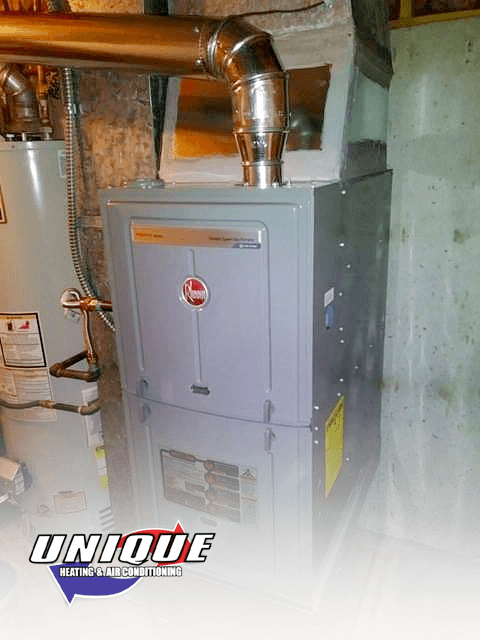Same-day furnace repair for warmth and reliability: Get fast and quick help
Same-day furnace repair for warmth and reliability: Get fast and quick help
Blog Article
The Ultimate Guide to Heater Setup for a Cozy Home
Heating system installation is a crucial facet of maintaining a comfy home environment, particularly throughout the chillier months. As you consider these aspects, the inquiry stays: what actions can you take to guarantee your heating system serves you well for years to come?
Kinds Of Heaters

Gas heating systems are one of the most common option because of their efficiency and lower functional costs. They make use of all-natural gas or lp, offering fast home heating and constant performance, making them optimal for cooler environments.
Electric heaters, while usually easier to set up and keep, often tend to have higher functional costs. They are often favored in locations where gas service is inaccessible or for homes with existing electrical framework.
Oil heating systems, though much less common today, stay a viable option in specific areas. They burn home heating oil, which can be advantageous during chillier months, yet their dependence on oil shipment presents potential difficulties.
Additionally, there are high-efficiency designs available across these types, which can significantly lower energy usage and energy bills - furnace installation. Inevitably, comprehending these heater kinds will help house owners pick a system that lines up with their heating requires, budget plan, and energy preferences
Picking the Right Size
Picking the ideal dimension for a furnace is essential to ensuring ideal performance and power effectiveness. An undersized heating system will certainly struggle to maintain comfortable temperature levels during the chilly months, leading to enhanced wear and tear, higher energy bills, and possible system failing. Conversely, a large furnace might cycle on and off too often, leading to ineffective heating and uneven temperature level distribution within the home.
To establish the right furnace dimension, a computation recognized as the Guidebook J load estimation must be done. This process examines numerous aspects, consisting of the square video of the home, insulation levels, window dimensions, and neighborhood environment conditions. This thorough analysis makes sure that the furnace meets the particular home heating demands of the area.

Setup Refine Summary
In terms of products, you will certainly require ductwork, insulation, and securing tape to make sure optimal airflow and energy performance - furnace installation. It is likewise vital to have a brand-new heating system filter accessible, along with venting materials, such as PVC pipeline or steel flue, depending upon the kind of furnace being set up
Security equipment, consisting of handwear covers, goggles, and a face mask, is additionally important to shield versus dirt and debris throughout installation. Having all these tools and materials easily available not just enhances the procedure however additionally improves my site the security and efficiency of the heater installation.
Maintenance Tips for Durability
To make sure the longevity of your heating system, it is necessary to implement a regular upkeep timetable that resolves essential components of the system. Start by replacing or cleaning the air filter each to three months, as a stopped up filter can limit air more movement and lower performance. Additionally, examine and clean the blower assembly to stop dirt build-up that can prevent efficiency.
Next, check the thermostat setups and rectify if required to ensure precise temperature policy. Inspect the ductwork for leaks or blockages, as this can result in energy loss and uneven home heating. On a regular basis lubricate the motor and bearings according to the maker's suggestions to reduce wear and tear.
Specialist examinations must occur each year, where a certified professional can assess the heater's overall condition, check for gas leakages, and guarantee that safety functions are working correctly. Finally, consider installing a programmable thermostat to optimize power usage and keep regular home temperature levels. By adopting these maintenance techniques, you can boost your heater's efficiency, extend its life expectancy, and ultimately enjoy a comfortable and comfy home atmosphere.
Verdict

Report this page